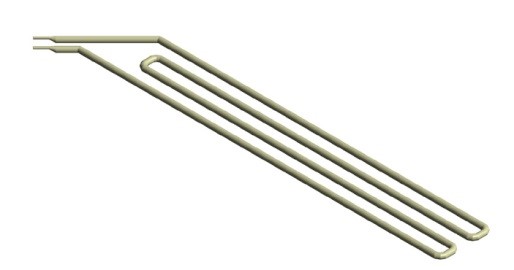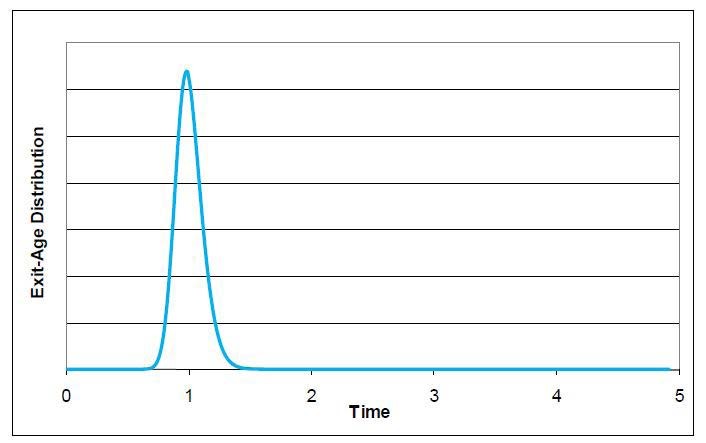Pipe Loop Design for Disinfection of Drinking Water
Disinfection of drinking water is normally achieved using chlorine; the chlorine concentration and contact time depends on whether the raw water is taken from surface waters or ground waters. Contact tanks and pipe loops are mostly used to undertake this treatment. Pipe loops can be advantageous, as they are relatively cheap to construct, can be installed where there is limited footprint, and generally can be assumed to provide good plug flow.
Plug flow itself is important, as it ensures that all the water is in contact with the disinfectant for the required amount of time. However, sometimes it is not fully appreciated that the expansions, bends and contractions used in the pipe loop all have hydraulic efficiencies. While these tend not to reduce the plug flow performance as significantly as that which occurs in a contact tank, they do all reduce performance to a certain degree, and should be taken into account in the pipe loop design.
Figure 1: Pipe Loop Used for Disinfection of Potable Water
An example of flow recirculation in a diffuser is shown in Figure 2.
Figure 2: Flow Recirculation in a Diffuser
In order to account for undesired mixing, an efficiency is applied, which reduces the effective volume – hence increasing the design volume. In order to understand how various fittings affect the efficiency, and to provide guidance on the appropriate efficiency for a pipe loop design, MMI uses a programme of Computational Fluid Dynamics (CFD).
Modelling the Flow and RTD
The basic hydrodynamics are generated from a three dimensional model of the geometry, with boundary conditions applied to represent inflow and outflow. A dye trace experiment can be used to determine the Residence Time Distribution (RTD). An example is shown in Figure 3.
Figure 3: Graph of Exit Age Distribution Against Hydraulic Retention Time
Modelling the Chemical Reactions
Chemical species can be added to the flow model to represent the passage and decay of chlorine. This enables the concentration of chlorine at the exit from the pipe loop to be calculated.
Value Added
The use of CFD enables the effects of various fittings to be established quickly and at significantly less cost than experimental methods. Furthermore, a design methodology can be developed, determining the adequacy of pipe loop size with regards to necessary chlorine contact time.
For more information surrounding our Computational Fluid Dynamics (CFD) capabilities in the Water Industry, please contact us on 0117 960 2212 (Bristol) or email us.


